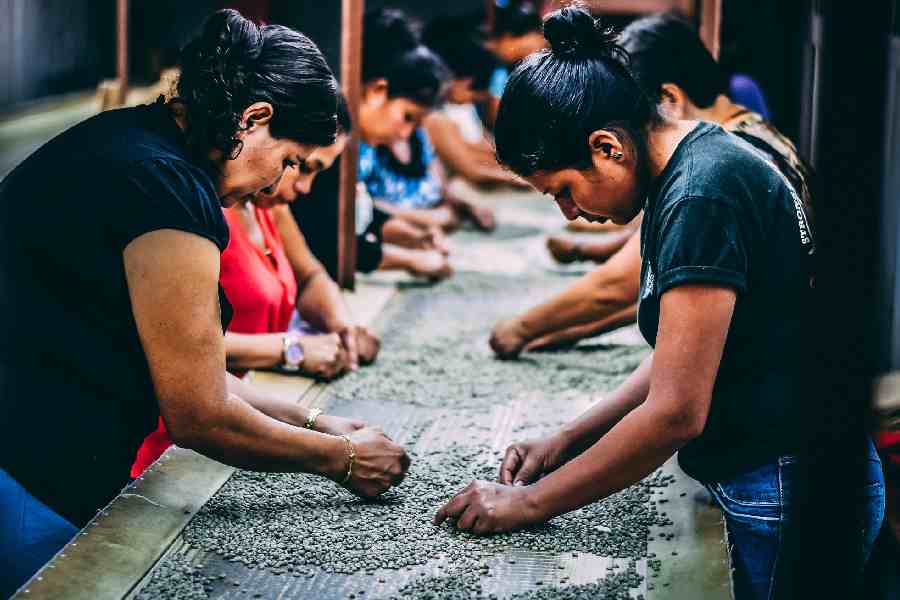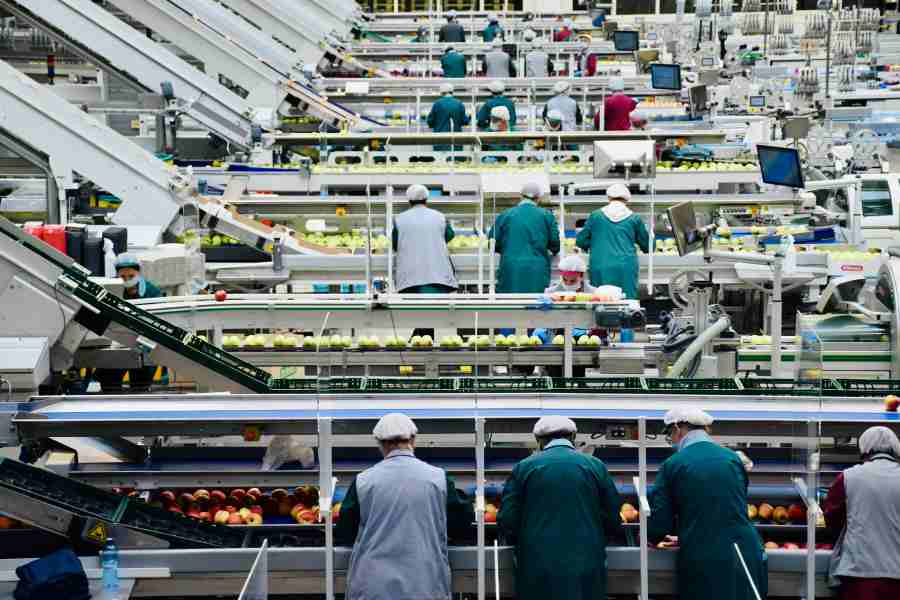Future of Quality Management in the Food & Packaging Industry: Deep learning and 3D machine vision
Two of the most important measures of performance have always been ‘quality of production’ and ‘profit margins.’ These markers are industry-agnostic. Production quality is directly proportional to profits since it affects production costs, waste rate, work hours, and resource utilization. The better the control over the quality of production, the lesser the cost of quality (CoQ).

One of the industries where quality and safety of production are of supreme importance is the food and packaging industry. Here, the result of testing directly impacts human health, therefore making the maintenance of food and packaging quality standards a complex process. The aim of automation in the food and packaging industry is to maintain the quality standards set by the organization by reducing the CoQ with better control over errors in the production process. The constant monitoring of every step in the process that needs to be ensured is easily enabled by automation through quality inspection. Today, quality inspection has been taken a notch higher by machine vision and deep learning.
Quality Inspection
A continuous assessment of the product quality throughout the production process to ensure that it is up to the desired set of standards is what is otherwise known as quality inspection. This is an integral aspect of delivering consistent quality. Monitoring the production process ensures that companies control the quality standards of raw materials, assembly, customer service, and management processes. This way, when inconsistencies are detected or pre-empted, they can be effectively dealt with.
Quality inspection involves sample testing. Testing helps the quality monitoring process by:
- Creating consistency in quality
- Ensuring correct quantity
- Predicting and preventing errors in the production line, thereby controlling damage
- Improving customer experience
- Reducing to and fro between suppliers and manufacturing company
- Lowering CoQ
- Optimizing resource utilization, be it human, time, or cost
- Adhering to set standards of quality
Machine Vision and Deep Learning in the Food and Packaging Industry
The expectations from the quality standard in the food and packaging industry keep increasing with time. Quality inspection in the industry needs to be accurate, making the process difficult and labour-intensive. Machine vision and deep learning can elevate the quality inspection process to the next level, helping the food and packaging industry to cater to growing and dynamic customer expectations. It also helps in achieving Zero Defects and lowering wastage and spoilage.
Machine vision technology greatly enhances the automated and image-based inspection process by using AI to recognize defects. The high level of efficiency and accuracy of machine vision in the food and packaging industry ensures that lesser human intervention is required in the process. This means that a lesser number of hands touch the product, thereby reducing the chances of spoilage or quality compromise. For example, in food processing, machine vision can detect errors in factors like size, weight, shape, texture, color of food, as well as packaging, and other minute details, thus reducing the chances of human errors and enabling better quality control.
Machine vision, as a part of quality control techniques, can use various AI-powered image processing components to improve testing capabilities, and performance in repetitive testing tasks when compared to human testers. It takes lesser time, is more accurate and reliable, and doesn’t tire. Using powerful optics and resolution, defects that are invisible to the human eye can be recognized easier, thus enhancing the preventive and predictive nature of quality monitoring.
With deep learning, the solutions for quality inspection self-teach themselves to perform better. With the application of algorithms to raw data, deep learning makes sense of patterns and trends and helps improve the quality monitoring process. It ensures that human intervention in the learning curve to improve performance is reduced to naught over time. Since machine vision is based on the patterns generated by image processing, deep learning helps create a replicable and sustainable result for the assembly line to increase productivity. Real-time checks, as well as prescriptive measures, can be derived from the process.
How We Can Help
The usage of AI-powered quality control in the food industry is expected to grow at a CAGR of 45.77% from USD 3 billion in 2020 to USD 30 billion by 2026, according to Artificial Intelligence (AI) In Food & Beverages Market – Growth, Trends, Covid-19 Impact, And Forecasts (2022 – 2027)
Quality360 is powered by AI to use machine vision and deep learning to automatically generate inspection plans, evaluate key quality parameters, and capture data from different sources in a matter of seconds. The solution can help bring in the right process automation, visual tracking, and improvements when needed to stay one step ahead, all the time.
Learn more about how our product can help enhance the quality inspection process in the Food and Packaging Industry.


